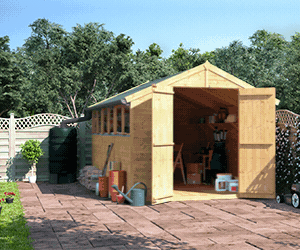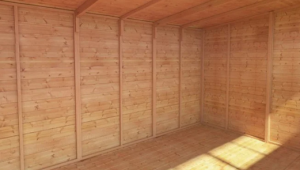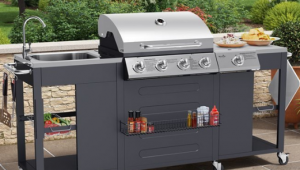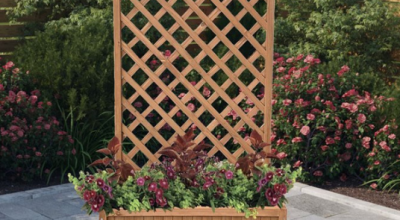Jump to:
Charcoal and gas grills are great, but nothing brings out tender, melt-in-your-mouth meals like BBQ smokers. Mastering their use makes the difference, but it requires a different technique from the standard methods. This guide will show you how.
BBQ Smokers Explained
A BBQ smoker slow-cooks food at low temperatures in a sealed chamber. It uses indirect heat, with hot air and smoke inside the smoking box, slow-cooking the meat to fork-tender perfection.
The smoke from the burning fuel flows into the drum smoker. It then wraps around the food and infuses it with a rich, smoky flavour. Slow cooking breaks down collagen in the meat, making it tender and juicy. The long exposure to heat helps the flavours develop, resulting in a tasty meal.
How to Use a BBQ Smoker?
The process of smoking may take some time, but using a smoker is easier than you think! Refer to the step-by-step BBQ smoker instructions below to get started:
Step 1: Light your charcoal

(Image Credit: Wikimedia Commons)
Charcoal is the best fuel for smokers; it burns at the proper temperature for smoking, and it’s efficient. There are various ways to light your coals: a chimney starter, electrical charcoal starter, lighter fluid, or the classic newspaper. Go for which works best for you.
For more detailed information, our guide, ‘How to Light a Charcoal BBQ?’ is worth reading.
Step 2: Add lit coals and the meat to the smoker
Most smokers have an intake baffle, also known as a vent, near the firebox and a chimney baffle. Open both, add coals to the firebox, and wait for the smoker to reach the right temperature. Once the probes show it’s ready, add the meat and close the lid.
Note: The vents are openings to allow oxygen to flow in and, once combusted, exhaust to flow out in the form of smoke.
Step 3: Maintain your temperature

Keep an eye on the temperature—take it low and slow. Most smokers, such as this barrel smoker, have built-in temperature probes for this purpose. Adjust the vents to control the heat by closing them halfway or more until the temp stabilises at 225-250°F range.
Keep the chimney baffle wide open. When the coals fade, add more lit coals as needed.
Step 4: Add wood chunks for flavour

Choose wood chunks over chips since they smoulder slowly and evenly. Hardwoods, fruitwoods, and nutwoods are great options; they burn well and add fantastic flavour. Place the chunks next to the fire, not directly in the hottest spot.
Tip: Don’t soak the wood chunks. They don’t absorb water well, and the moisture can smother the burning coals.
Step 5: Moisten the smoke

Moisture in the smoke (and in the meat) really helps that lovely smoky flavour sink in. To start, pop a metal rack over the coals in the firebox and place a water pan on it. This will humidify the smoke that goes into the grilling chamber.
Then, when the meat looks dry, spritz it with water or apple juice to help it absorb more smoke and stay juicy. Be careful not to overdo it, or you might wash away that lovely smoke coating.
Step 6: Patience, patience, patience
BBQ smokers are all about patience and flavour, but every step adds to the cooking experience. Lucky for you, you’re at the last step!
We’ve said it before, but we’ll say it again: slow-smoking is the key to tender meat. You’ll want to achieve that juicy texture with barbecue, not just medium-rare. So, set aside a few hours, up to 24, for large cuts or while pigs.
Chicken is technically done at 165°F, but you might wish to cook those legs longer for extra tenderness, around 3 to 5 hours. For brisket, aim for around 195°F to 200°F for 10 to 14 hours. Turkey, depending on size, can take about 6 to 8 hours tops, while pork shoulders need 12 to 16 hours.
Give it a time—and voila, you’ve successfully used a BBQ smoker. It’ll be worth the wait, for sure!
Learn more about this type of BBQ grill next: What Is a BBQ Smoker?













What do you think ?